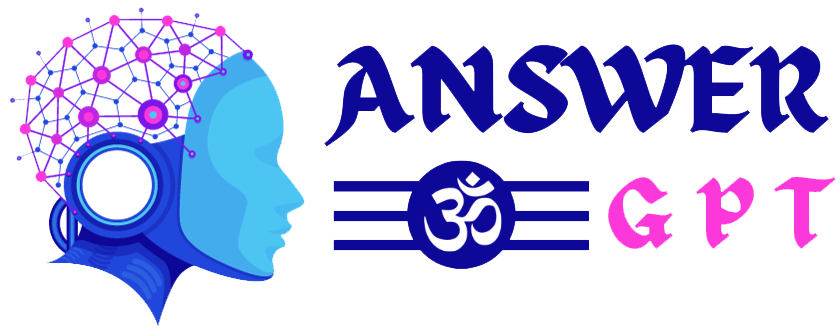Q1. What is wastewater recycling?
a. Treating wastewater for removal of contaminants
b. Recovering beneficial nutrients or metals from wastewater
c. Reclaiming water from wastewater and putting it to beneficial (re)uses
d. All of the above
Answer:- c
Q2. Wastewaters generated from is not a component of Greywater:
a. Kitchen
b. Toilet
c. Laundry
d. Bathroom
Answer:- b
Q3. Identify the correct statements regarding potential recoveries from wastewater:
Statement I: Through adequate treatment, usable water may be reclaimed from wastewaters.
Statement II: Wastewater can also be processed for recovery of energy as well as nutrients.
a. Statement I is correct, while statement II is incorrect
b. Statement Il is correct, while statement I is incorrect
c. Both, statements I and II are correct
d. Both, statements I and II are incorrect
Answer:- c
Q4. A non-point pollution source means:
a. A source with negligible amount of pollution
b. A set of several small sources from many different locations
c. A source of pollution that was there is past, but no more exists
d. A hidden source of pollution which can’t be identified
Answer:- b
Q5. Which of the following is an example of point source of pollution:
a. Discharge of industrial effluent
b. Discharge from sewage treatment plant
c. Spill from oil refinery
d. All of the above
Answer:- d
Q6. Identify non-point sources of pollution among followings:
a. Urban and agricultural runoffs
b. Spill from oil refinery
c. Discharges from ETPs and STPs
d. All of the above
Answer:- a
Q7. Identify the correct statements regarding linkage of waterborne diseases with poor wastewater management.:
Statement I: Waterborne diseases are common in regions with poor wastewater management.
Statement II: Direct consumption of wastewater is the major reason for the spread of waterborne diseases in such regions.
a. Statement I is correct, while statement Il is incorrect
b. Statement II is correct, while statement I is incorrect
c. Both, statements I and II are correct
d. Both, statements I and II are incorrect
Answer:- a
Q8.

Answer:- c
Q9. Why greywater is relatively easier to treat (compared to treating municipal sewage) for reuse applications?
a. Greywater is easier to collect and transport to treatment facility
b. Greywater is less in quantity
c. Greywater has less pollution load
d. There are dedicated technologies for greywater treatment
Answer:- c
Q10. Often, in centralized wastewater management systems:
a. Several smaller size treatment facilities are needed
b. Long distance transport of wastewater is required
c. Quality control is difficult
d. All of the above
Answer:- b
